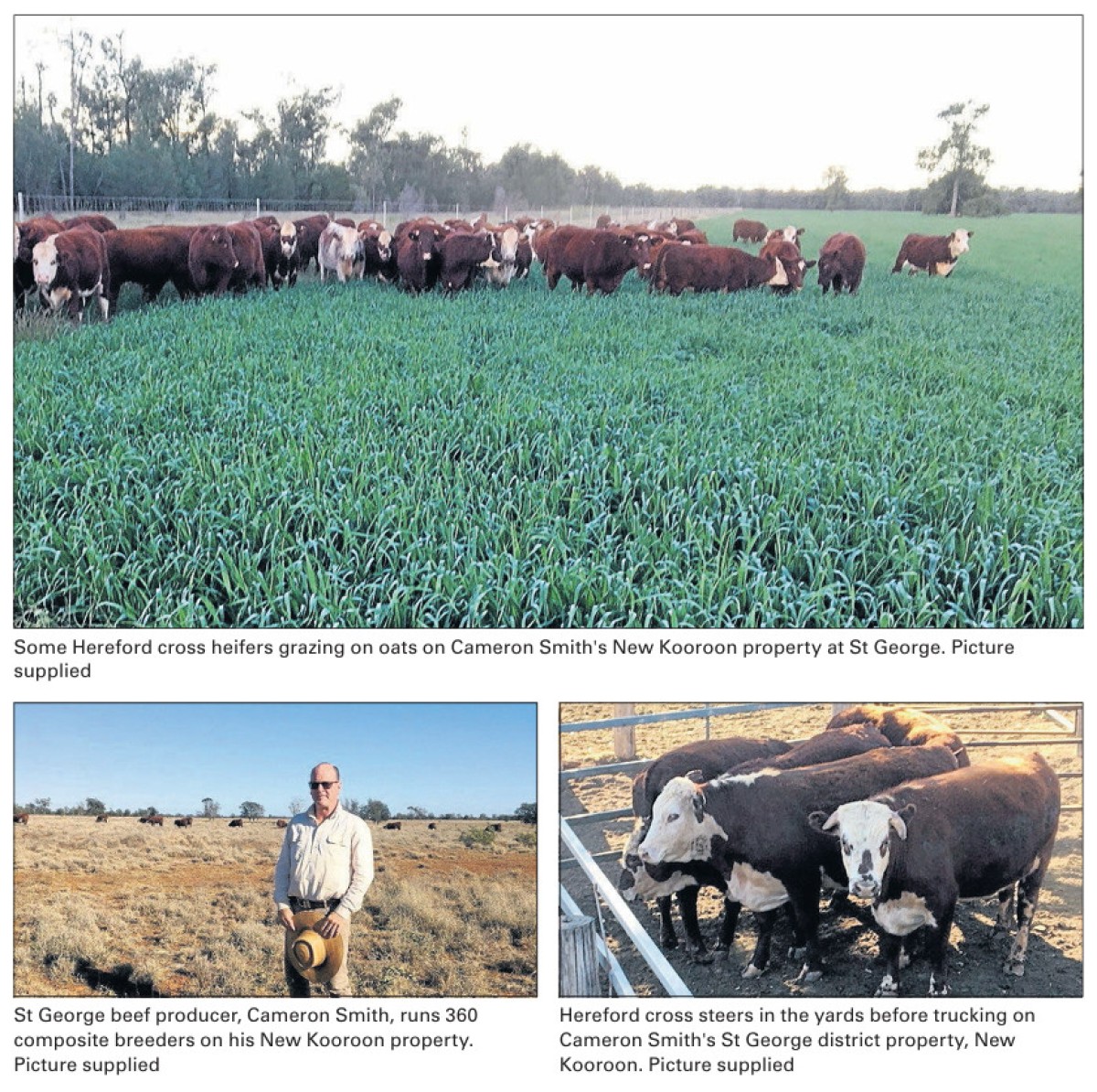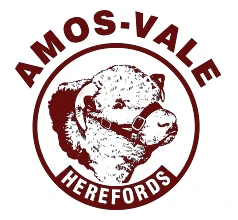Excellent Eating Quality

Article by Linda Mantoya first appeared in The Land, July 4, 2024.
After success in the Meat Standards Australia (MSA) national chilled carcase assessment last year, St George beef producer, Cameron Smith, believes he is on the right track when it comes to his cross-breeding program.
Mr. Smith runs 360 breeders on his 4500-hectare property, New Kooroon, 100 kilometres east of St George, and is currently using a Hereford/Shorthorn/Devon cross in his operation, which he believes complements his environment and turnoff objectives.
Trading as New Kooroon Pastoral Pty Ltd, in 2023 Mr. Smith was named the Queensland winner of Band 2 (smaller producers) in the MSA awards which was the result of carcase assessment over the 2021/22 seasons.
"They were both good oat years, which allowed the cattle to perform and reach their potential," he said. "They averaged 60.59 MSA index and 98.6 per cent compliance on all cattle put through the works over that time, and the win was a pleasant surprise. The award has provided an objective and tangible indicator of how the cattle are performing over the hooks."
Mr. Smith said his grandfather, Gordon Mitchell, of Crooble, near Moree, introduced Herefords in the '40s, as he took note of their superior constitution in tougher seasons.
"My parents, David and Gwen, of North Star, also had Herefords in the '60s but we had to disperse the herd in the early '90s, due to drought, and too many sheep on board at the time," he said.
"However, my parents and I have been buying Hereford bulls from Wendy and Mark Campion of Amos-Vale stud, Pinkett, NSW, for the past decade, and we've been in Herefords long enough to know what we like.
"The Campions have invested in some outstanding genetics over the years, focusing on easy-doing, good tempered, practical cattle with a bit of scale about them."
Mr. Smith said they were initially attracted to the natural thickness and balanced movement of the Amos-Vale Herefords.
"As commercial breeders, we get to benefit from that with easy-doing cattle that when paired with their good temperament make for cattle that put weight on and finish easily, and respond quickly to a pickup in the season. The Hereford bulls we've used are moderate-framed, mobile bulls with natural depth and thickness. They add a bit of scale to our cattle and must have a nice soft lustre to their coats," he said.
"Speaking from our own experience, the Herefords are an excellent eating quality animal, as over the years, we have killed our own or had them done for us on the property, and some of the best we've had have been Herefords or their crosses.
"We aim to turn off milk and two tooth progeny, both steers and surplus heifers, off oats in the spring, averaging 346 kilograms over the hook in 2022, and they go to either Woolworths, Coles, or Teys Grasslands program. If the season is a bit tougher and you have to go to a feedlot, the cattle get to weight pretty well, and the Amos-Vale genetics are an integral part of our operation."
Mr. Smith said he ran composite breeders of Devon, Hereford, and Shorthorn, and put Hereford, Devon, and Shorthorn bulls over them.
"We like the British Breed cattle and particularly the red ones. They are very quiet cattle, so I can just poke around and easily manage them, as I'm here by myself most of the time," he said.
"Temperament is important, and I think it probably helps with their carcase assessment when they are quiet, obviously."
Running his cattle on soft red loam, Belah, Wilga, Kurrajong, and Buffel grass country, Mr. Smith said there was also winter herbage when the season allowed. Growing 360ha of oats, between his parents' base at North Star and New Kooroon, he said the 18 millimetres of rainfall received over the weekend would be a great help for his current crop.
Along with his fiancée, Rebecca Hammill, Mr. Smith said his three adult children, Taylor, Jessie-Claire, and Toby, all helped out with cattle work when they were home on the property.

